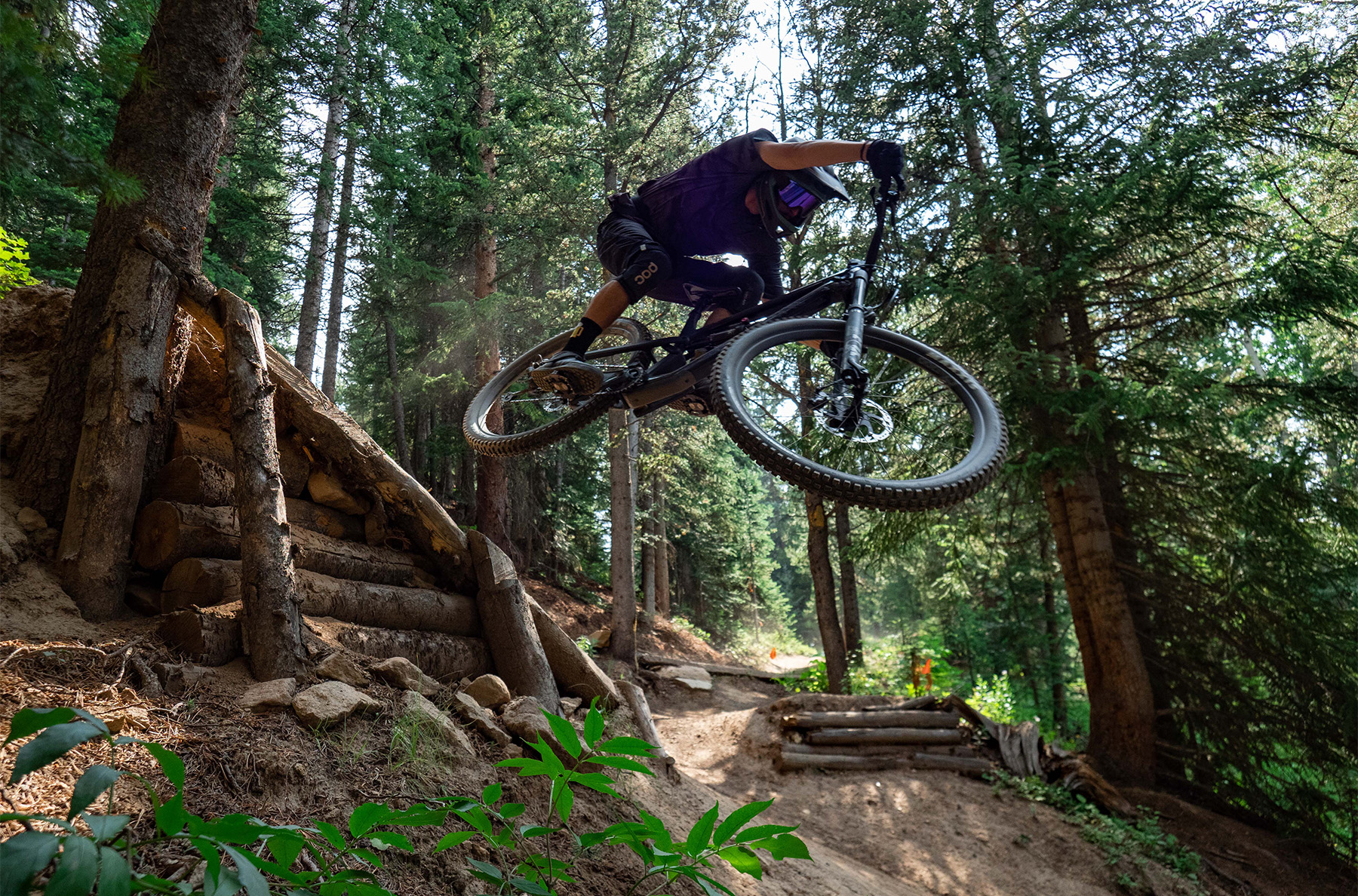
Today we’re providing some updates and discussing the implications of the initial results of our Blister Labs wheelset testing with Greg Vanderbeek (assistant professor of mechanical engineering at CU Boulder & the Western Colorado University / CU Boulder partnership program here in Gunnison, CO) and Travis Hainsworth (associate director of the Western-CU Boulder Computer Science Program).
TOPICS & TIMES:
Project Overview (4:19)
Carbon vs Aluminum = Complicated (7:13)
Preliminary Data / Fancy Squishing Machines (8:42)
Lacing Patterns, Impact Loading, & Dynamic Loading (12:12)
Marketing Wheelsets (14:43)
Challenges (18:58)
Next Steps (24:23)
Variables (26:38)
Learn More (38:32)
RELATED LINKS:
Video: Blister Labs Wheelset Testing
Learn More about Blister Labs




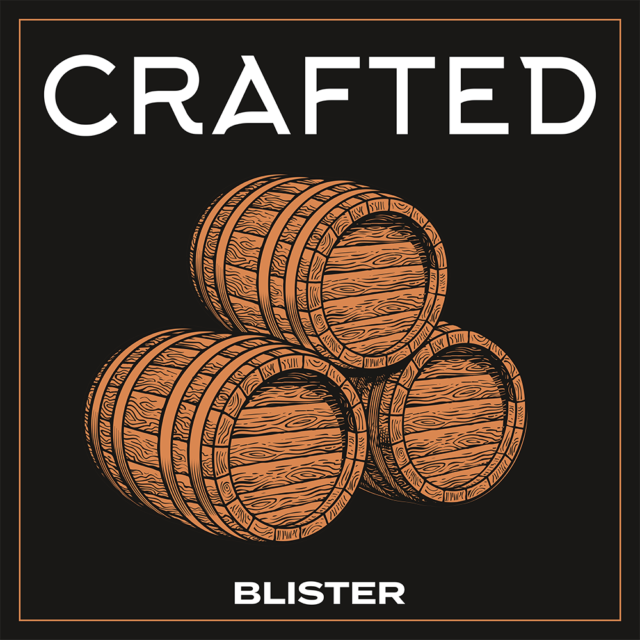
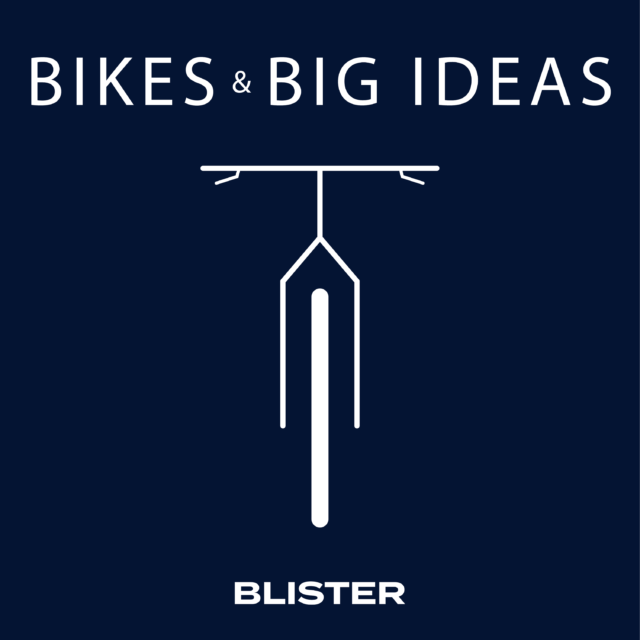
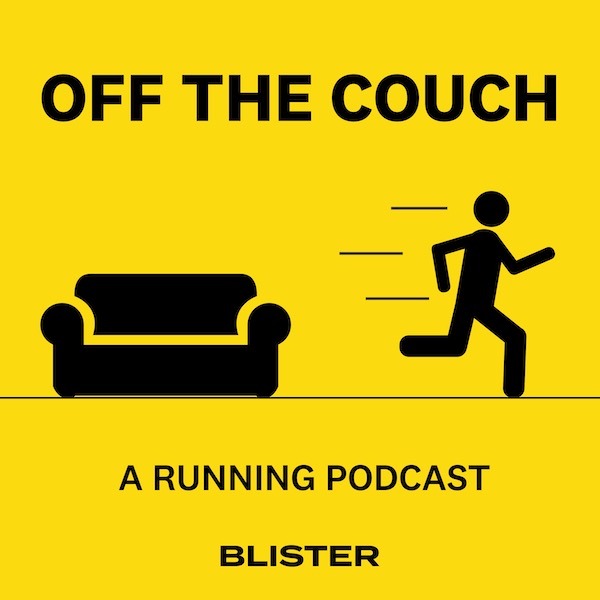
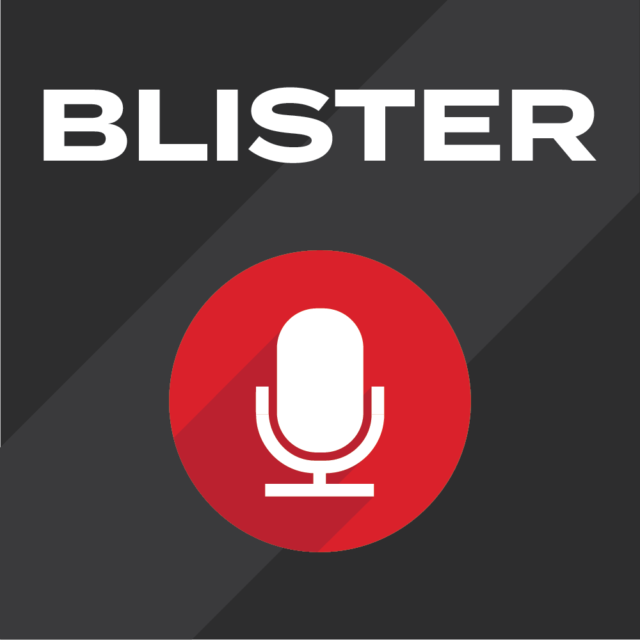

Has Blister Labs considered creating a custom “reference build” as a way to directly A / B test changing just one parameter of a wheelset? For example if you took the same DT 240 hubs, DT Comp DB spokes, & EX511 rims, you could start by testing straight-pull vs j-bend, then 2x vs 3x etc. From there you could re-build with different rims. I know a lot of folks buy prefab wheels off the shelf, but based on 4 decades experience, I always custom build w/ DT 240s & J-Bend Sapim CX Rays w/ discipline-specific lacing. Not only is this reference setup quiet, light, & incredibly durable: when changing rims (where 99% of advancement in last decade of wheel tech has taken place) I can quickly perceive even small changes in stiffness, compliance, dent-resistance, etc.
Is there a place i can view this data?
I really hope this project continues, they set the stage in 2022 and 2023 . . No updates since. Please publish strength and stiffness numbers from tests. MTB is plagued with assertions about performance with no transparent data or repeatable testing to back it up. I’m hoping Blister Labs can be the light in the darkness!